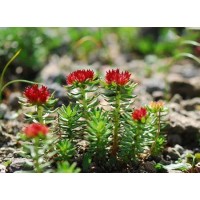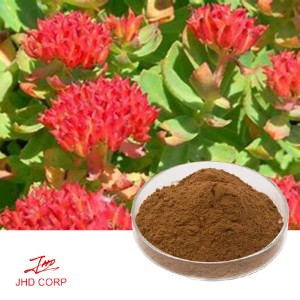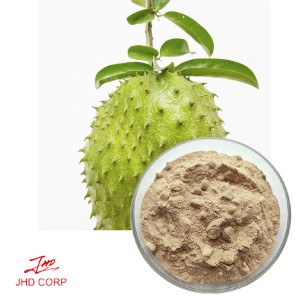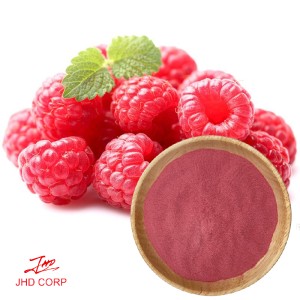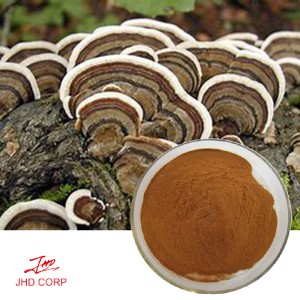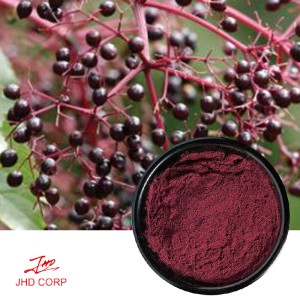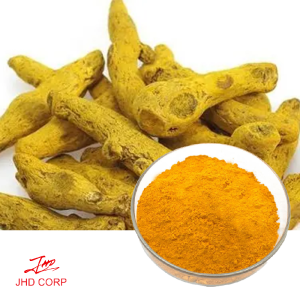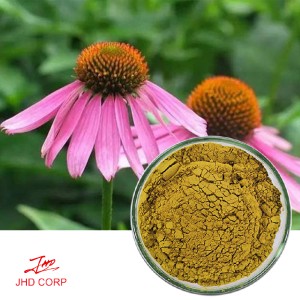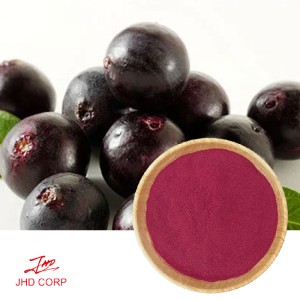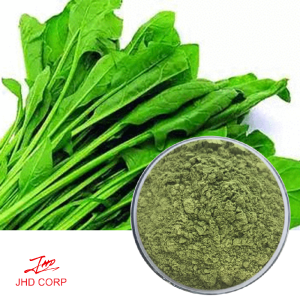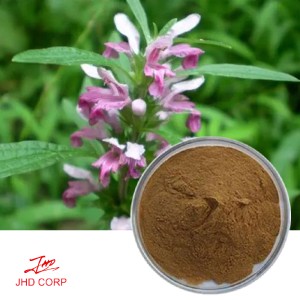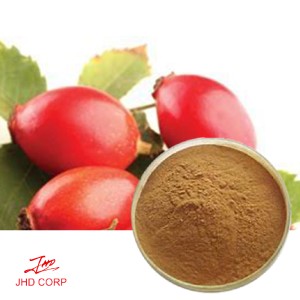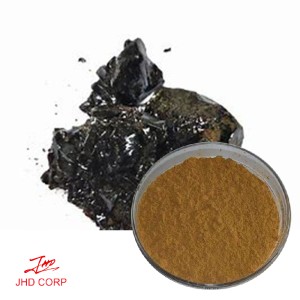What is the difference between Rhodiola rosea and Rhodiola crenulata?
Rhodiola rosea contains a higher concentration of rosavin, which is believed to be responsible for its antidepressant and anxiolytic effects. Rhodiola crenulata, on the other hand, contains higher levels of salidroside, which has been shown to have anti-inflammatory and neuroprotective effects.
Rhodiola rosea and Rhodiola crenulata are two distinct species of the Rhodiola plant genus that have been used for centuries in traditional medicine. While they share similar medicinal properties, there are several differences between the two species that set them apart.
Rhodiola rosea, also known as golden root or arctic root, is a perennial plant that grows in cold regions of the world, including the Arctic and mountainous regions of Europe and Asia. It has been used for centuries in traditional medicine to treat a variety of ailments, including fatigue, depression, and anxiety.
Rhodiola crenulata, on the other hand, is a species of Rhodiola that is native to the high-altitude regions of Tibet and China. It is commonly referred to as Tibetan Rhodiola or snow lotus and has been used in traditional Chinese medicine for its adaptogenic and anti-inflammatory properties.
One of the main differences between the two species is their chemical composition. Rhodiola rosea extract contains a higher concentration of rosavin, which is believed to be responsible for its antidepressant and anxiolytic effects. Rhodiola crenulata extract, on the other hand, contains higher levels of salidroside, which has been shown to have anti-inflammatory and neuroprotective effects.

Another difference between the two species is their growing conditions. Rhodiola rosea is typically grown in colder climates, while Rhodiola crenulata thrives in high-altitude regions with harsher climates. This difference in growing conditions may account for some of the differences in their chemical composition.
Despite their differences, both Rhodiola rosea and Rhodiola crenulata have been shown to have similar medicinal properties. They are both adaptogens, which means they help the body adapt to stress and improve overall physical and mental performance. They have also been shown to have anti-inflammatory and antioxidant effects, which can help protect against chronic diseases such as heart disease and cancer.
In conclusion, while Rhodiola rosea and Rhodiola crenulata are two distinct species of the Rhodiola plant genus, they share many similarities in their medicinal properties. However, their differences in chemical composition and growing conditions may account for some of the variations in their therapeutic effects. Further research is needed to fully understand the unique benefits of each species and how they can be best utilized in traditional medicine.


